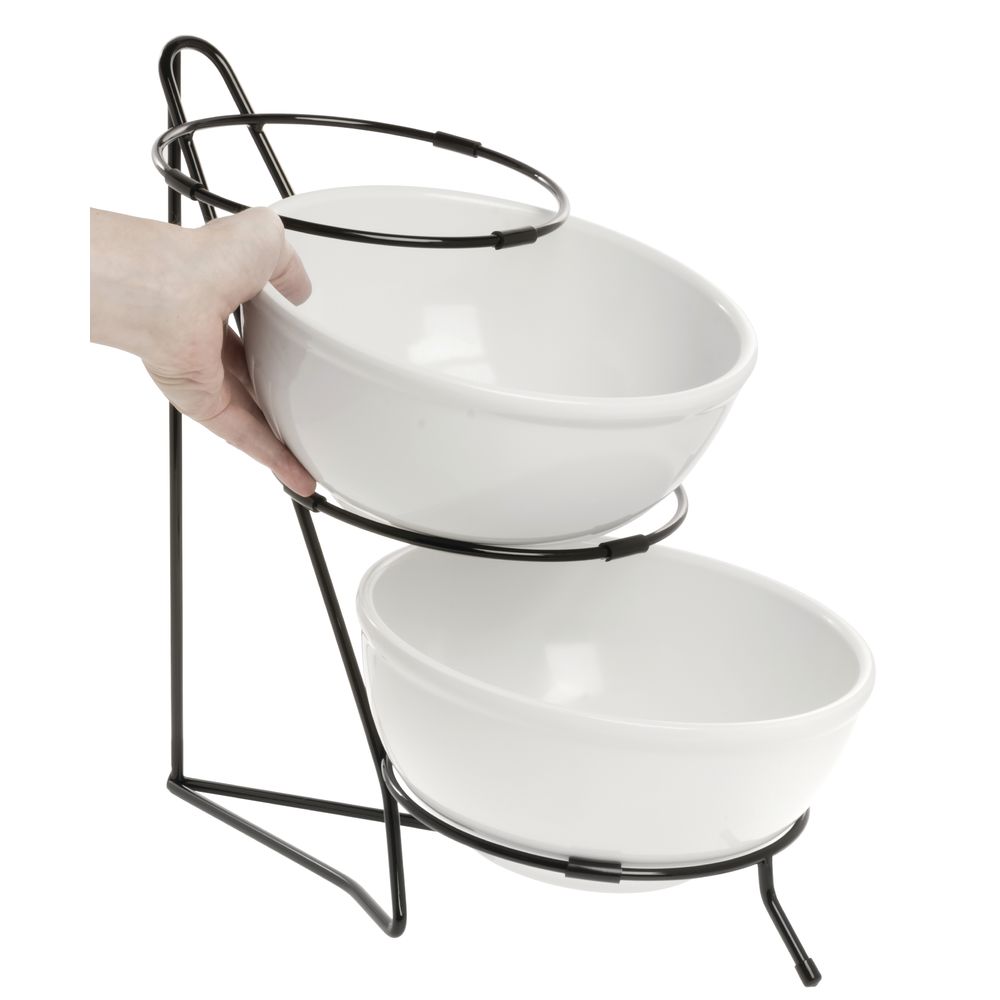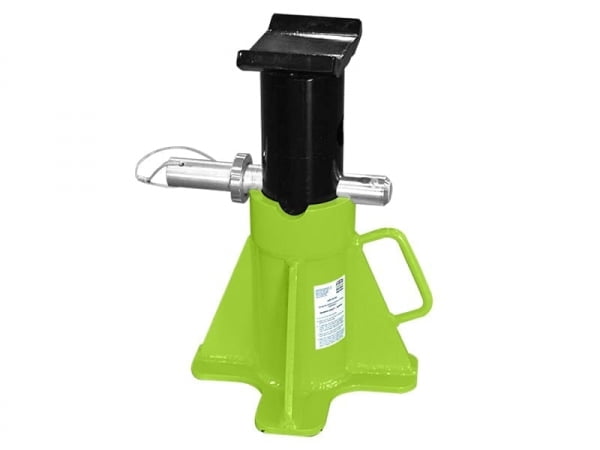

But I just always tell him, ‘Whatever you want to do, I’m here for you. “I think a lot of stubbornness plays into effect, too. “He’s more mentally tough than anybody I’ve ever met,” McCool said. Large Picture Stand (1 - 40 of 828 results) Price () Shipping All Sellers Easel stand SVG l 6 Sizes, 5 Thickness Easel display SVG l SVG Picture Frame Stand l Glowforge Cut File l Commercial Use, Laser Cut File (1.3k) 3.04 3. In an exclusive interview with The Post in 2020, she said she admires her husband’s strength behind the scenes. McCool, who has been married to The Undertaker, 58, since 2010, was a two-time WWE Divas champion, as well as a two-time WWE Women’s champion. The shark almost looked like “vegetation” McCool said. “Guess I wasn’t big enough to scare him away but you are,” McCool said in a video that featured the predator lurking near the shore. McCool said she was surprised to see the shark so close to land. “Kinda digging that last picture …A LOT #myprotector.” on Twitter The Undertaker wasted no time protecting his wife. Michelle McCool spotted the shark while she was reading. “I was simply enjoying a book on the beach when this ‘vegetation’ looked a lot like a shark….so I text hubby McCool tweeted Sunday to her followers. When duty called on Sunday, the legendary WWE fighter - whose real name is Mark Calaway -wasted no time protecting his wife, Michelle McCool, from a shark that was swimming dangerously close to her at the beach.

These particles come in many sizes and shapes and can be made up of hundreds of different chemicals. The average human hair is about 70 micrometers in diameter – making it 30 times larger than the largest fine particle. How small is 2.5 micrometers? Think about a single hair from your head.PM 2.5 : fine inhalable particles, with diameters that are generally 2.5 micrometers and smaller.PM 10 : inhalable particles, with diameters that are generally 10 micrometers and smaller and.

Others are so small they can only be detected using an electron microscope.

Some particles, such as dust, dirt, soot, or smoke, are large or dark enough to be seen with the naked eye. PM stands for particulate matter (also called particle pollution): the term for a mixture of solid particles and liquid droplets found in the air.


 0 kommentar(er)
0 kommentar(er)
